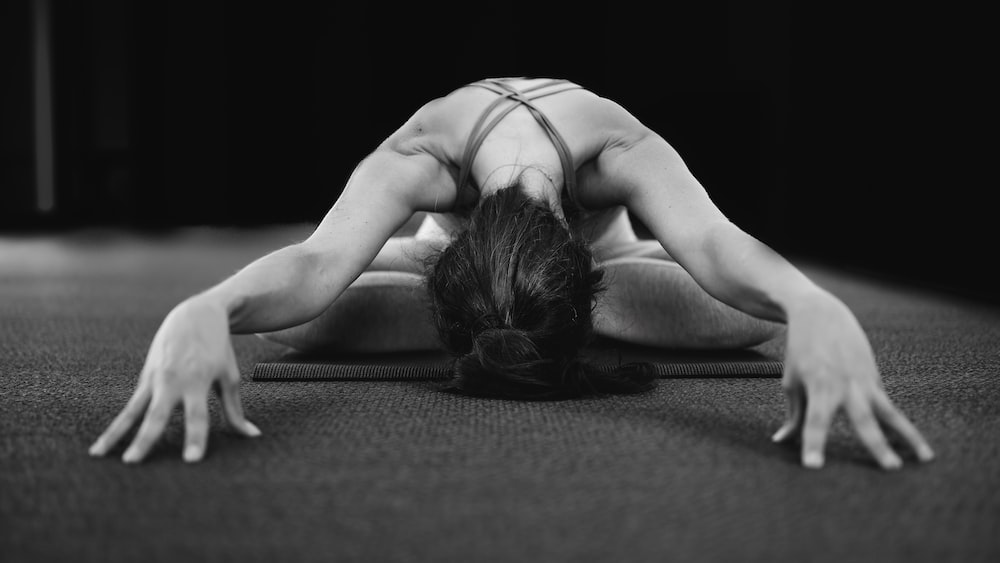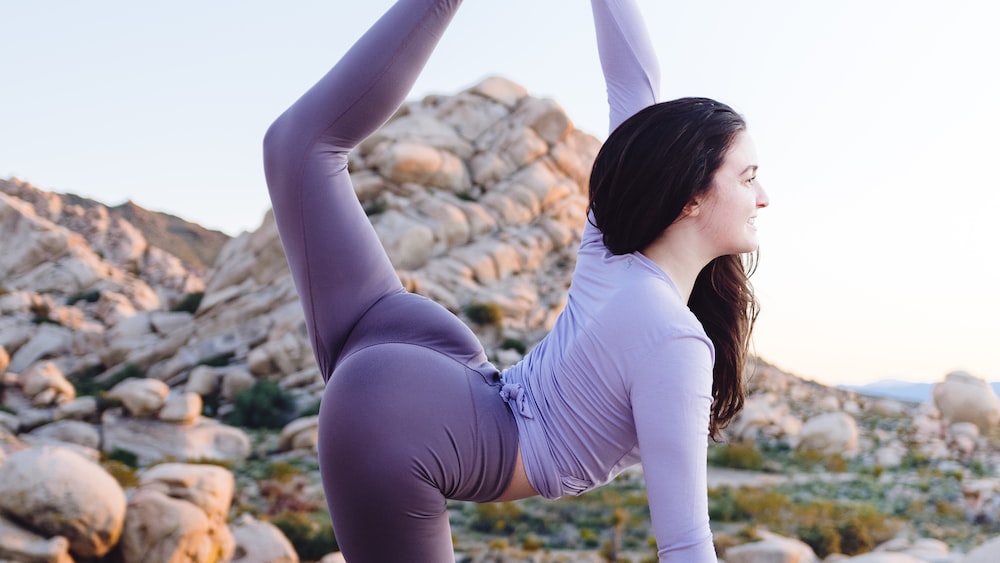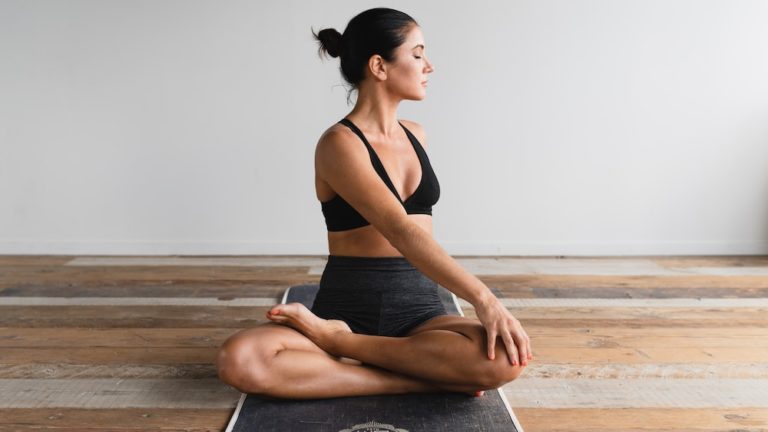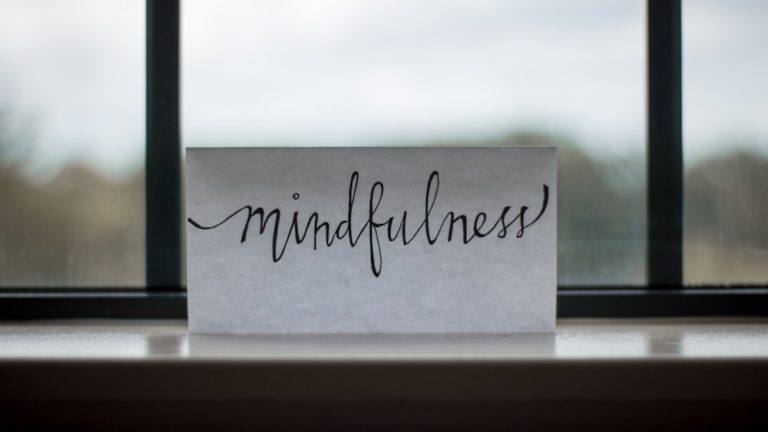Is Yoga Mindfulness? Discover The Connection And Benefits
Hello there! Are you curious about the connection between yoga and mindfulness? You’re not alone! These two practices have been intertwined for centuries, and they offer a wide range of benefits for those who practice them regularly. In this article, we’ll explore the deep connection between yoga and mindfulness, and we’ll show you how to unlock the incredible benefits that come from practicing them together.
The journey of self-discovery is a fascinating one, and the practice of mindful yoga can lead to profound transformation on physical, mental, and spiritual levels. So, let’s dive in and explore the world of yoga and mindfulness, and find out how they can help you live a more balanced, fulfilling life.
Understanding Yoga and Mindfulness
To fully grasp the connection between yoga and mindfulness, we must first understand what each of these practices entails. Let’s start by examining the foundations of yoga and mindfulness individually.
What is Yoga?
Yoga is an ancient practice that originated in India over 5,000 years ago. The word “yoga” is derived from the Sanskrit word “yuj,” which means “to join” or “to unite.” This reflects the core essence of yoga: to unite the body, mind, and spirit in a harmonious balance. Yoga is a holistic practice that encompasses various elements, including physical postures (asanas), breath control (pranayama), and meditation.
There are many different styles of yoga, each with its unique focus and approach. Some popular styles include Hatha, Vinyasa, Ashtanga, and Kundalini. Regardless of the style you choose to practice, yoga has the power to transform your life by promoting physical strength and flexibility, mental clarity, and emotional well-being.

Yoga unites the body, mind, and spirit to promote physical strength, mental clarity, and emotional well-being.
What is Mindfulness?
Mindfulness is a mental state achieved by focusing one’s awareness on the present moment, while calmly acknowledging and accepting one’s feelings, thoughts, and bodily sensations. It is a form of meditation that has its roots in Buddhist traditions but has gained widespread popularity in recent years due to its numerous mental and emotional benefits.
Practicing mindfulness involves paying attention to your thoughts, emotions, and physical sensations without judgment. By cultivating a non-judgmental awareness of your present experience, you can develop a greater sense of self-compassion, resilience, and emotional balance. Mindfulness has been shown to reduce stress, anxiety, and depression, and improve overall well-being.
The Connection Between Yoga and Mindfulness
Both yoga and mindfulness share a common goal: to bring about a state of balance and harmony within the practitioner. It’s no wonder, then, that these two practices are so deeply intertwined.
How Yoga Incorporates Mindfulness
Yoga is a practice that naturally lends itself to mindfulness. When you engage in a yoga practice, you are encouraged to focus on your breath and the sensations within your body as you move through various postures. This fosters a deep sense of presence and awareness, which is the essence of mindfulness.
By combining yoga and mindfulness, you can deepen your connection to your body and mind, cultivating a greater sense of self-awareness and inner peace. This integration of practices allows you to fully experience the transformative power of yoga, both on and off the mat.
Mindful Yoga Practices
There are several ways to incorporate mindfulness into your yoga practice, and many yoga styles emphasize mindfulness as a core component. Some mindful yoga practices include:
- Yin Yoga: A slow-paced practice that involves holding passive postures for an extended period, allowing you to focus on your breath and cultivate mindfulness.
- Restorative Yoga: A practice that uses props to support the body in passive postures, promoting deep relaxation and mindfulness.
- Mindful Vinyasa: A variation of Vinyasa yoga that emphasizes mindful movement, breath awareness, and a strong focus on the present moment.
Benefits of Combining Yoga and Mindfulness
When practiced together, yoga and mindfulness offer a wealth of benefits for the body, mind, and spirit. Let’s explore some of the most powerful advantages of this dynamic duo.
Physical Benefits
- Increased flexibility: Both yoga and mindfulness encourage you to tune into your body and its needs, helping you become more aware of your physical limitations and areas of tension. Over time, this increased awareness can lead to improved flexibility and a greater range of motion.
- Enhanced strength: Yoga poses require the engagement of various muscle groups, and practicing with mindfulness allows you to maintain proper alignment and fully activate the muscles needed for each pose. This can result in increased strength and muscle tone.
Mental and Emotional Benefits
Ah, the sweet relief of a calm and collected mind. Practicing mindful yoga not only benefits your body but also does wonders for your mental and emotional well-being. Anxiety and stress? Consider them dissolved! By marrying yoga and mindfulness, you’re training yourself to be more present and less reactive to life’s challenges.
- Reduced stress: Yoga and mindfulness practices help release tension and lower cortisol levels, promoting relaxation.
- Greater emotional resilience: Mindful yoga enables you to better manage your emotions and respond to challenges with grace.
- Improved focus and concentration: By staying present in each pose, you’re honing your ability to concentrate on the task at hand.
Spiritual Benefits
Merging yoga and mindfulness can be a powerful catalyst for spiritual growth. By connecting with your inner self and cultivating awareness, you’re opening yourself up to a world of self-discovery and transformation. Embarking on this journey can lead to profound insights, a deepened sense of purpose, and a heightened connection to the universe.
Imagine standing at the precipice of a mountain, gazing out at the vast expanse before you. As you breathe in the crisp air and feel the energy of the earth beneath your feet, you realize that you are part of something much larger than yourself. This is the essence of the spiritual benefits that mindful yoga can provide.

- Enhanced self-awareness: Through mindful yoga, you become more attuned to your thoughts, emotions, and bodily sensations, fostering a deeper understanding of your true self.
- Increased sense of purpose: As you journey inward, you may discover a renewed sense of direction and meaning in your life.
- Connection to the divine: Whatever your beliefs, mindful yoga can help you forge a stronger connection with the divine or universal energy that binds us all.
How to Practice Mindful Yoga
Ready to embark on your mindful yoga journey? Let’s explore some key elements to help you get started and transform your practice into a deeply rewarding experience.
Setting an Intention
Before you step onto your mat, set an intention for your practice. This simple act can make a world of difference in creating a more mindful and focused experience. Your intention can be anything that resonates with you – from cultivating gratitude to sending positive energy to a loved one.
Take a moment to reflect on what you’d like to focus on during your practice. Then, as you move through each pose, come back to your intention and let it guide you. You might be surprised by the profound impact this has on your practice and overall well-being.
Setting an intention before your yoga practice can significantly improve your mindfulness and focus, helping you to stay grounded and centered throughout your session.
Focusing on the Breath
Breath is the foundation of both yoga and mindfulness. It’s the thread that weaves these practices together and serves as a powerful anchor for your attention. By focusing on your breath, you’re not only deepening your connection to the present moment but also enhancing the quality of your practice.
As you move through your poses, pay close attention to your breath. Notice its rhythm and depth, and allow it to guide your movements. Try incorporating different breathing techniques, such as Ujjayi or Nadi Shodhana, to further enhance your mindful yoga experience.
Being Present in Each Pose
In order to truly reap the benefits of mindful yoga, it’s essential to remain present in each pose. This means fully experiencing the sensations, emotions, and thoughts that arise as you move through your practice. By cultivating awareness and staying present, you’re deepening the connection between your body, mind, and spirit.
- Listen to your body: Honor its limits and make any necessary adjustments to ensure a safe and comfortable practice.
- Observe your thoughts: Rather than getting caught up in them, simply acknowledge and let them pass like clouds in the sky.
- Embrace the sensations: Whether you’re experiencing discomfort or ease, embrace the sensations without judgment and use them as a gateway into the present moment.
Tips for Deepening Your Mindful Yoga Practice
Ready to take your mindful yoga practice to the next level? Let’s dive into some tips and tricks to help you deepen your connection to the present moment and unlock even greater benefits.
Creating a Consistent Routine
Consistency is key when it comes to deepening your mindful yoga practice. Establishing a regular routine will not only help you build on the progress you’ve made but also create a sense of stability and balance in your life.
Start by setting aside a specific time each day for your practice. This could be first thing in the morning, during your lunch break, or before bed – whatever works best for you. Then, commit to showing up on your mat at that time, and watch as your mindful yoga practice blossoms and grows.
Incorporating Meditation and Pranayama
Meditation and pranayama play a significant role in enhancing your mindful yoga practice. These two techniques help you to connect more deeply with your inner self, promoting relaxation and mental clarity. Meditation allows you to explore your thoughts and emotions without judgment, while pranayama (breathing exercises) helps to regulate your energy levels and refine your focus.
To incorporate meditation and pranayama into your yoga practice, start by setting aside time before or after your yoga session to practice these techniques. You can begin with simple meditation techniques, such as observing your breath or reciting a mantra, and gradually progress to more advanced practices. Similarly, with pranayama, start with basic exercises like deep belly breathing or alternate nostril breathing and gradually explore more advanced techniques.
Exploring Different Yoga Styles
Experimenting with different yoga styles can be a game-changer in enhancing your mindful yoga practice. Each yoga style offers its unique approach to mindfulness, whether it’s through the intensity of the poses, the pace of the practice, or the emphasis on breath and meditation.

Some popular yoga styles that emphasize mindfulness include Hatha yoga, which focuses on slow, gentle movements and deep breathing; Vinyasa yoga, a more dynamic practice that syncs movement with breath; and Yin yoga, which involves holding poses for longer periods to promote deeper relaxation and self-awareness. By trying various styles, you can discover the one that resonates with you the most and helps you cultivate mindfulness more effectively.
FAQs
1. Can I practice mindfulness without doing yoga?
Absolutely, practicing mindfulness without doing yoga is entirely possible. Mindfulness is a mental practice that can be cultivated through various activities, such as meditation, deep breathing exercises, or simply being present and focused during your daily tasks. While yoga can be a powerful tool for developing mindfulness, it’s not the only way to achieve it.
2. How long should I practice mindful yoga for optimal benefits?
The optimal duration for practicing mindful yoga can vary depending on your individual needs, preferences, and schedule. However, as a general guideline, aiming for at least 15-30 minutes of mindful yoga practice per day can be an effective way to experience its benefits. Consistency is key, so find a routine that works for you and stick to it.
3. Can I practice mindful yoga at home or do I need to attend a class?
Yes, you can definitely practice mindful yoga at home. In fact, many people find that practicing at home allows them to focus more on their mindfulness practice without any distractions. If you’re new to yoga, you can follow online tutorials, videos, or even join live virtual classes to get started. That being said, attending a class can also be beneficial for learning proper alignment, receiving guidance from a teacher, and connecting with a community.
4. Are there any specific yoga poses that are particularly helpful for mindfulness?
While all yoga poses can be helpful for cultivating mindfulness, some poses that are particularly conducive to mindfulness include Child’s Pose, Savasana, and Seated Forward Bend. These poses encourage relaxation, introspection, and deep breathing, making them ideal for fostering mindfulness. However, the key is to approach every pose with a mindful attitude, fully focusing on your breath and the sensations in your body.
Conclusion
The connection between yoga and mindfulness is undeniable. Incorporating mindfulness into your yoga practice can significantly enhance your physical, mental, and spiritual well-being. By setting an intention, focusing on your breath, and being present in each pose, you can deepen your mindful yoga practice.
Remember to explore different yoga styles, incorporate meditation and pranayama, and create a consistent routine to reap the full benefits of mindful yoga. And finally, don’t forget to have fun and enjoy the journey! Embrace the transformative power of mindful yoga, and let it guide you towards a more balanced, harmonious, and fulfilling life.
I wish you the best! Fabian.
Share with your Friends:






